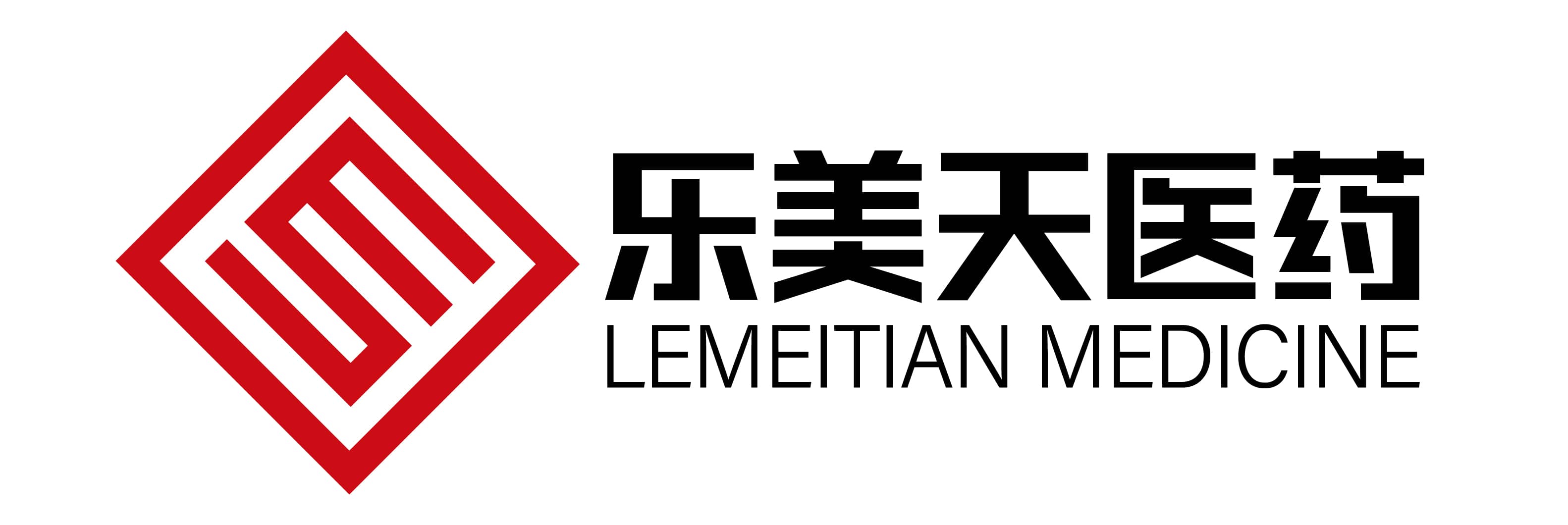European Journal of Drug Metabolism and Pharmacokinetics
The Influence of Compatibility of Rhubarb and Radix Scutellariae on the Pharmacokinetics of Anthraquinones and Flavonoids in Rat Plasma期刊名:European Journal of Drug Metabolism and Pharmacokinetics文献编号:DOI 10.1007/s13318-017-0444-8文献地址:https://link.springer.com/article/10.1007%2Fs13318-017-0444-8发表日期:14 November 2017 Abstract Background and Objectives Rhubarb–Radix scutellariae is a classic herb pair, which is commonly used to clear away heat and toxin in clinic. The aim of this study was to investigate the influence of compatibility of Rhubarb and Radix scutellariae on the pharmacokinetic behaviors of anthraquinones and flavonoids in rat plasma. Methods Eighteen rats were randomly divided into three groups, and were orally administered Rhubarb and/or Radix scutellariae extracts. A sensitive and rapid UPLC–MS/MS method was developed and validated to determine the concentrations of baicalin, baicalein, wogonside, wogonin, rhein, and emodin in rat plasma. The concentrations of phase II conjugates of flavonoid aglycones and anthraquinone aglycones were also determined after hydrolyzing the plasma with sulfatase. Results Compared with administration of Radix scutellariae alone, co-administration of Rhubarb significantly decreased the first maximum plasma concentration (C max1) of baicalin, wogonside, and the phase II conjugates of baicalein, wogonin to 46.40, 61.27, 41.49, and 20.50%, respectively. The area under the plasma concentration–time curve from time zero to infinity (AUC0–∞) was significantly decreased from 82.60 ± 20.22 to 51.91 ± 7.46 μM·h for rhein and 276.83 ± 98.02 to 175.42 ± 86.82 μM·h for the phase II conjugates of wogonin after compatibility. The time to reach the first maximum plasma concentration (T max1) of anthraquinones was shortened and the second peak of anthraquinones disappeared after compatibility. Conclusions Compatibility of Rhubarb and Radix scutellariae can significantly affect the pharmacokinetic behaviors of characteristic constituents of the two herbs. The cause of these pharmacokinetic differences was further discussed combined with the in vivo ADME (absorption, disposition, metabolism, and excretion) processes of anthraquinones and flavonoids.Rhein (R), emodin (E), baicalin (BG), baicalein (B), wogonside (WG), and wogonin (W) standards were purchased from Chengdu Desite Biological Technology Co., Ltd. (Sichuan, China).
作者:乐美天标准品
492
字数:2259

 Structure
Structure


